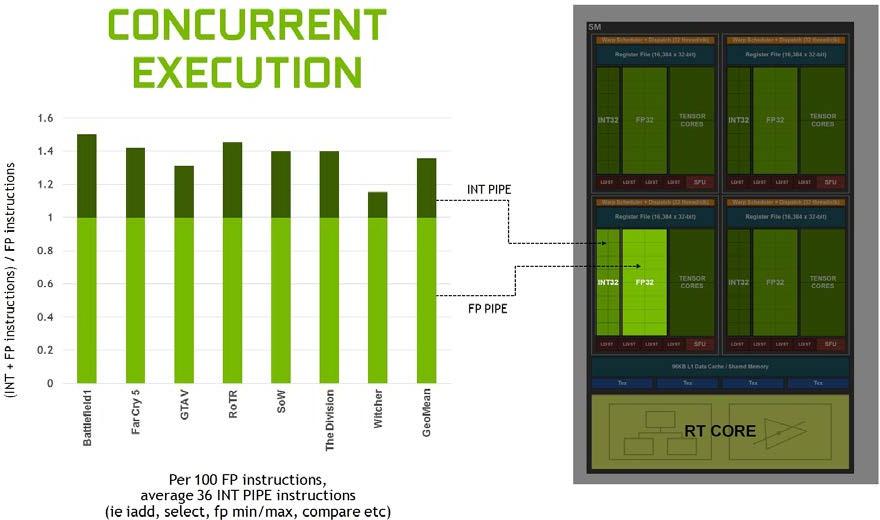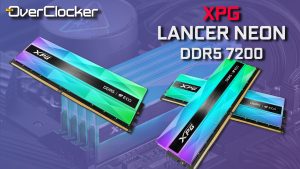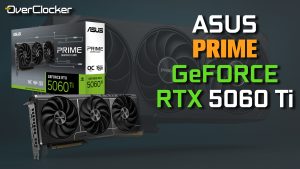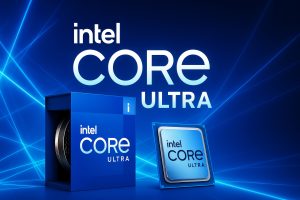GIGABYTE RTX 2060 GAMING OC PRO Review
WEB: ( GIGABYTE ) MSRP: US$ 389.99 | ZAR 7,239 AUTHOR: Neo
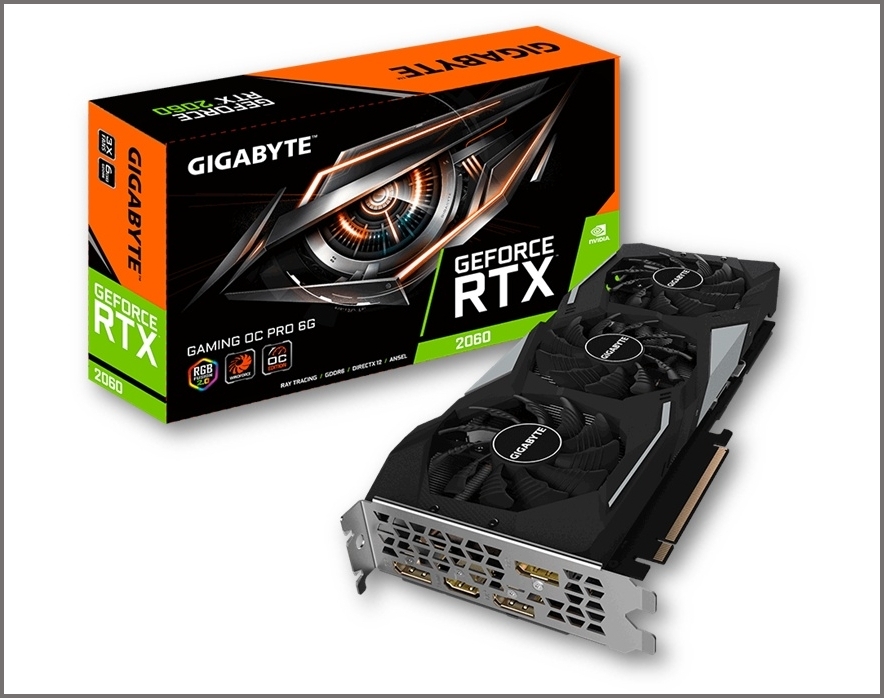
As with all new graphics technology, DXR supporting games on NVIDIA’s Turing GPUs have had teething issues, but even this early into the product cycle, great strides have been made from both the software developers and of course NVIDIA’s Geforce driver team. In light of this and the latest Turing GPU sans Ray Tracing, it’s time to examine the RTX 2060 which just may be the mid-range performance GPU the market has been looking for. With plenty of vendors all vying for the same space, RTX 2060 GPUs have to make some sacrifices the more premium models do not. That’ said, GIGABYTE’s Gaming Pro OC card isn’t attempting to circumvent this in anyway, but simply provide you with one of the highest clocked RTX 2060’s on the market at a reasonable price. What follows then is our analysis of the GIGABYTE RTX 2060 GAMING OC PRO.
General Overview: The Turing SM
Before we get there however, a general overview of the Turing GPUs is in order as the architecture does bring revolutionary change to how GPUs or graphics in general have been handled since the advent of desktop computer graphics. Whatever thoughts one may have about the graphics cards, it takes nothing away from the milestone that is Turing which represents the biggest architectural leap forward in over a decade according to NVIDIA.
The GPU architecture enables major advances in efficiency and performance across a wide spectrum of from PC gaming, to professional graphics and of course deep learning inferencing. Using new hardware-based accelerators and a hybrid rendering approach, Turing fuses rasterization, real-time ray tracing, AI, and simulation to enable incredible new effects powered by neural networks. Key enablers for Turing’s significant boost in graphics performance is a new memory controller are a new streaming multiprocessors or SMs which feature improved shader execution efficiency and of course the new GDDR6 supporting memory controller for massive memory bandwidth.
Turing SMs, offers increased shading efficiency, achieving 50% improvement in delivered performance per CUDA Core when compared to the Pascal SM. The SM also offers an independent integer data path that can execute concurrently with the floating-point math Datapath, which was previously not possible. SM memory path has been redesigned to unify shared memory, texture caching, and memory load caching into one unit. What this means is 2x more bandwidth and more than double the capacity for L1 cache in common workloads.
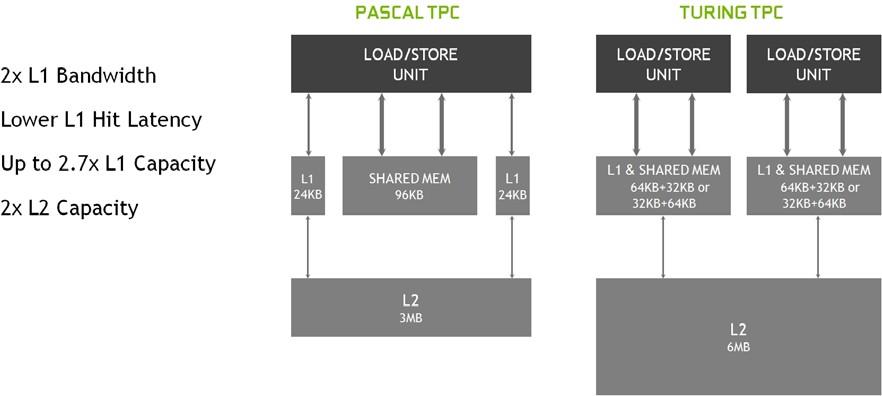 New as well are the Turing’s RT Cores which accelerate ray tracing and are leveraged by systems and interfaces such as NVIDIA’s RTX ray tracing technology, and APIs such as Microsoft DXR, NVIDIA OptiX™, and Vulkan ray tracing. RT allows for visually realistic 3D games and complex professional models with physically accurate shadows, reflections, and refractions. This is probably the single most significant breakthrough and selling point for the Turing GPUs in a gaming context.
New as well are the Turing’s RT Cores which accelerate ray tracing and are leveraged by systems and interfaces such as NVIDIA’s RTX ray tracing technology, and APIs such as Microsoft DXR, NVIDIA OptiX™, and Vulkan ray tracing. RT allows for visually realistic 3D games and complex professional models with physically accurate shadows, reflections, and refractions. This is probably the single most significant breakthrough and selling point for the Turing GPUs in a gaming context.
Tensor Cores
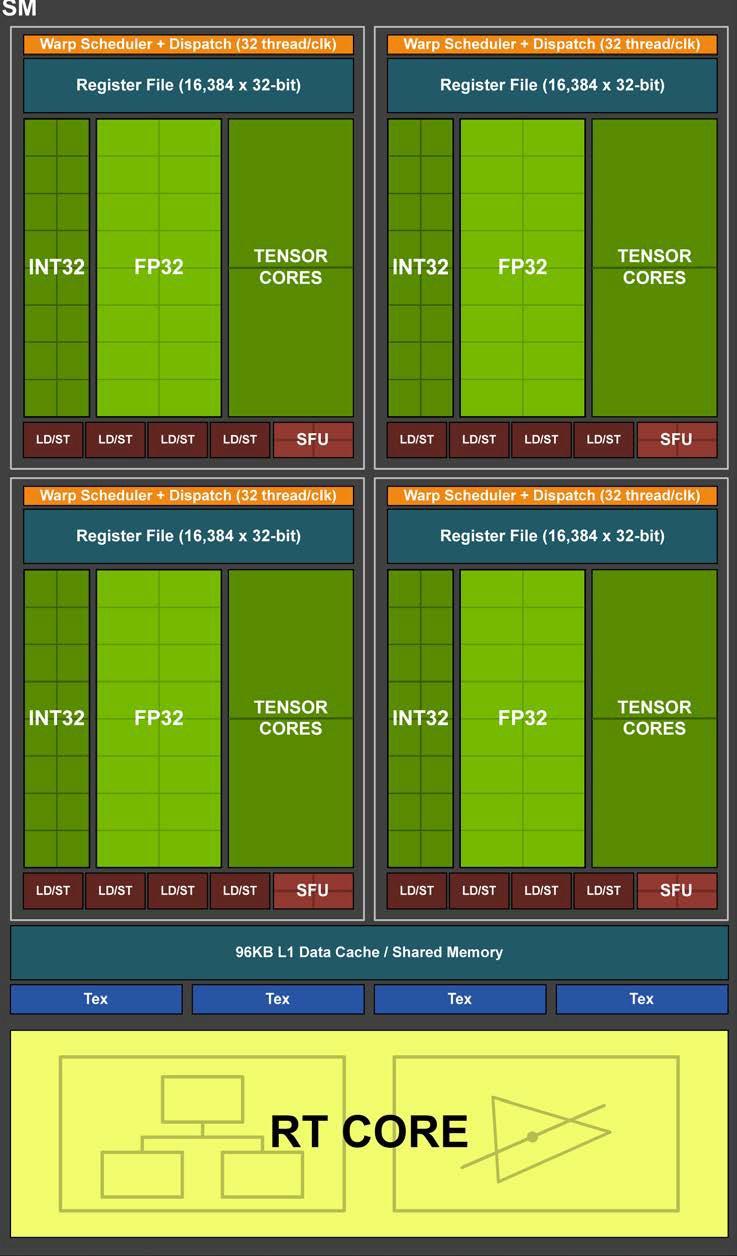 Finally, we have the Tensor Cores, specialized execution units designed specifically for performing tensor/matrix operations that are the core compute function used in Deep Learning. These Tensor Cores provide tremendous speed-ups for matrix computations which are foundational to the deep learning neural network training and inferencing operations. Turing GPUs include a new and enhanced version of the Tensor Core design that has been enhanced for inferencing which adds new INT8 and INT4 precision modes for inferencing workloads that can tolerate quantization and don’t require FP16 precision. Turing Tensor Cores bring new deep learning-based AI capabilities to desktop GPUs for the first time. These Tensor cores allow Deep Learning Super Sampling (DLSS) which leverages a deep neural network to extract multidimensional features of the rendered scene and intelligently combines details from multiple frames to construct a high-quality final image. DLSS uses fewer input samples than traditional techniques such as TAA, while avoiding the algorithmic difficulties such techniques face with transparency and other complex scene elements.
Finally, we have the Tensor Cores, specialized execution units designed specifically for performing tensor/matrix operations that are the core compute function used in Deep Learning. These Tensor Cores provide tremendous speed-ups for matrix computations which are foundational to the deep learning neural network training and inferencing operations. Turing GPUs include a new and enhanced version of the Tensor Core design that has been enhanced for inferencing which adds new INT8 and INT4 precision modes for inferencing workloads that can tolerate quantization and don’t require FP16 precision. Turing Tensor Cores bring new deep learning-based AI capabilities to desktop GPUs for the first time. These Tensor cores allow Deep Learning Super Sampling (DLSS) which leverages a deep neural network to extract multidimensional features of the rendered scene and intelligently combines details from multiple frames to construct a high-quality final image. DLSS uses fewer input samples than traditional techniques such as TAA, while avoiding the algorithmic difficulties such techniques face with transparency and other complex scene elements.
| Specifications | ||
| Model | GIGABYTE RTX 2060 GAMING OC PRO | AORUS RTX 2070 Xtreme |
| Processor | TU106 (RTX 2060) | TU106 (RTX 2070) |
| Core Clock (Boost) | 1830 MHz | 1815 MHz |
| RTX-OPS | 39 | 48 |
| CUDA Cores | 1920 | 2304 |
| Memory Clock | 1400 MHz | 14142 MHz |
| Memory Size | 6 GB | 8 GB |
| Memory Type | GDDR6 | GDDR6 |
| Memory Bus | 192 bit | 256 bit |
| Memory Bandwidth | 336 GB/s | 448 GB/s |
| Dimensions | 280,35×116,45×40,24 mm | 290×134,31×59.9 mm |
| Power Connectors | 8 Pin *1 | 8 Pin*1, 6 Pin*1 |
| Output | DP 1.4 *3, HDMI 2.0b*1 | DP 1.4 *3, HDMI 2.0b *3 |
As evident in the specifications, the the RTX 2060 houses about 20% less of everything than the RTX 2070 with which it shares a GPU die. That difference while useful doesn’t necessarily mean the performance differences are 20%, they will vary as and when different titles place load on different parts of the GPU.

